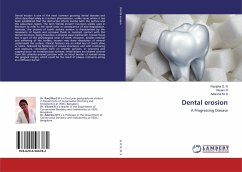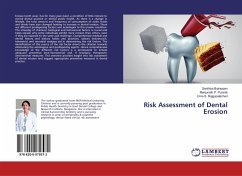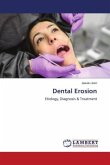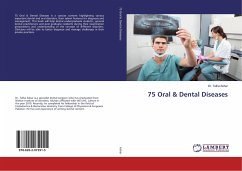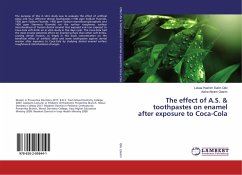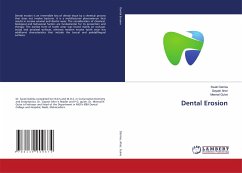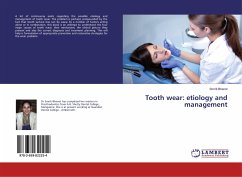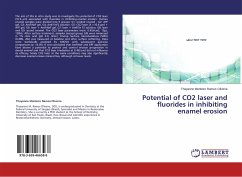Dental erosion is one of the most common growing dental diseases and often described solely as a surface phenomenon, unlike caries where it has been established that the destructive effects involve both the surface and the subsurface region. The term "dental erosion" has been widely used in literature to refer to the tooth wear as consequence of acid degradation, however, the process of tooth surface erosion is characterized by the movement of liquids and corrosive fluids in constant contact with the dental structure, being therefore a physical wear mechanism. Erosive tissue loss is part of the physiological wear of teeth. However, besides removal and softening of the surface, erosion may show dissolution of mineral underneath the surface. Clinical features are an initial loss of tooth shine or lustre, followed by flattening of convex structures, and with continuing acid exposure, concavities form on smooth surfaces, or grooving and cupping occur on incisal/occlusal surfaces. Initial lesions are located coronal from the cemento-enamel junction with an intact border of enamel along the gingival margin, which could be the result of plaque remnants acting as a diffusion barrier.
Bitte wählen Sie Ihr Anliegen aus.
Rechnungen
Retourenschein anfordern
Bestellstatus
Storno

